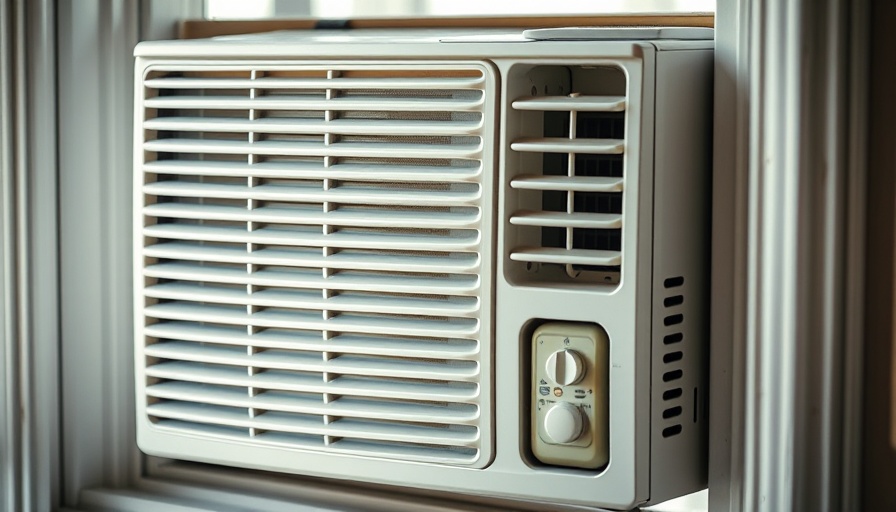
5 Million Above-Ground Pools Recalled: What You Need to Know
As warmer summer temperatures approach, many homeowners are gearing up for pool season. However, a startling announcement from the United States Consumer Product Safety Commission (USCPSC) has left over 5 million above-ground pool owners on high alert. These pools have been implicated in a deadly drowning hazard due to issues with their compression straps.
Understanding the Drowning Hazard
The USCPSC's report indicates that the pools in question, manufactured by popular brands such as Bestway, Intex, and Polygroup, possess a dangerous flaw. The compression strap surrounding the pool legs potentially creates a foothold, enabling children to gain unauthorized access to the pool. This risk is especially dire for young children—there have been at least nine tragic incidents involving children aged 22 months to 3 years who lost their lives after being able to access these pools.
Identifying Your Pool: Is It Affected?
If you own an above-ground pool that is 48 inches or deeper and includes compression straps, it is crucial to determine whether it falls under the recall. The USCPSC's guidelines specify that pools manufactured as far back as 2002 could be affected. If you are unsure about your pool's safety features, check with your retailer or the manufacturer's website for further details.
Steps to Secure Your Pool Immediately
In light of this recall, it is paramount to act swiftly to protect your loved ones. The USCPSC recommends an immediate course of action: until the pool can be repaired, ensure that children are kept away from the area. Here are some practical steps to take:
- Drain the pool until it can be made safe.
- Remove any ladders that provide access to the pool.
- Ensure your backyard is securely fenced to prevent unsupervised access.
Getting Your Pool Repaired
If your pool is included in the recall, there is a solution available. The companies involved offer repair kits, which entail a new rope that attaches to each of the vertical support poles at ground level, effectively replacing the problematic compression strap. To ensure safety during this process, you should not remove the old strap until the new rope is in place.
Fostering Safe Swimming Practices
Beyond securing your pool, this recall serves as a poignant reminder of the importance of water safety, especially with children around. Here are several vital swimming safety tips:
- Enroll your children in swimming lessons to build their skills and confidence in the water.
- Always supervise children while they are swimming or playing near any type of water.
- Consider installing removable pool fences or alarms to enhance safety.
Community Reactions and Insights
The community response to the USCPSC's announcement has been one of concern, but it has also opened up conversations about the importance of water safety. Local swimming pools and clubs are stepping in to provide educational resources on safe swimming practices, while concerned parents are sharing tips for securing their home pools.
Conclusion: Take Action for Safety
As a homeowner in the MidSouth, you care deeply about the health and safety of your loved ones. Ensuring that your pool is secure and free from hazards is an integral part of protecting your family during the upcoming swimming season. If you own one of the affected pools, do not delay—request your repair kit and follow safety protocols. By acting now, you can keep your summer fun while minimizing risks.
For more personalized advice on home safety or DIY home improvement tips, reach out to your local home improvement experts. Safety begins at home!
 Add Row
Add Row  Add
Add 



Write A Comment